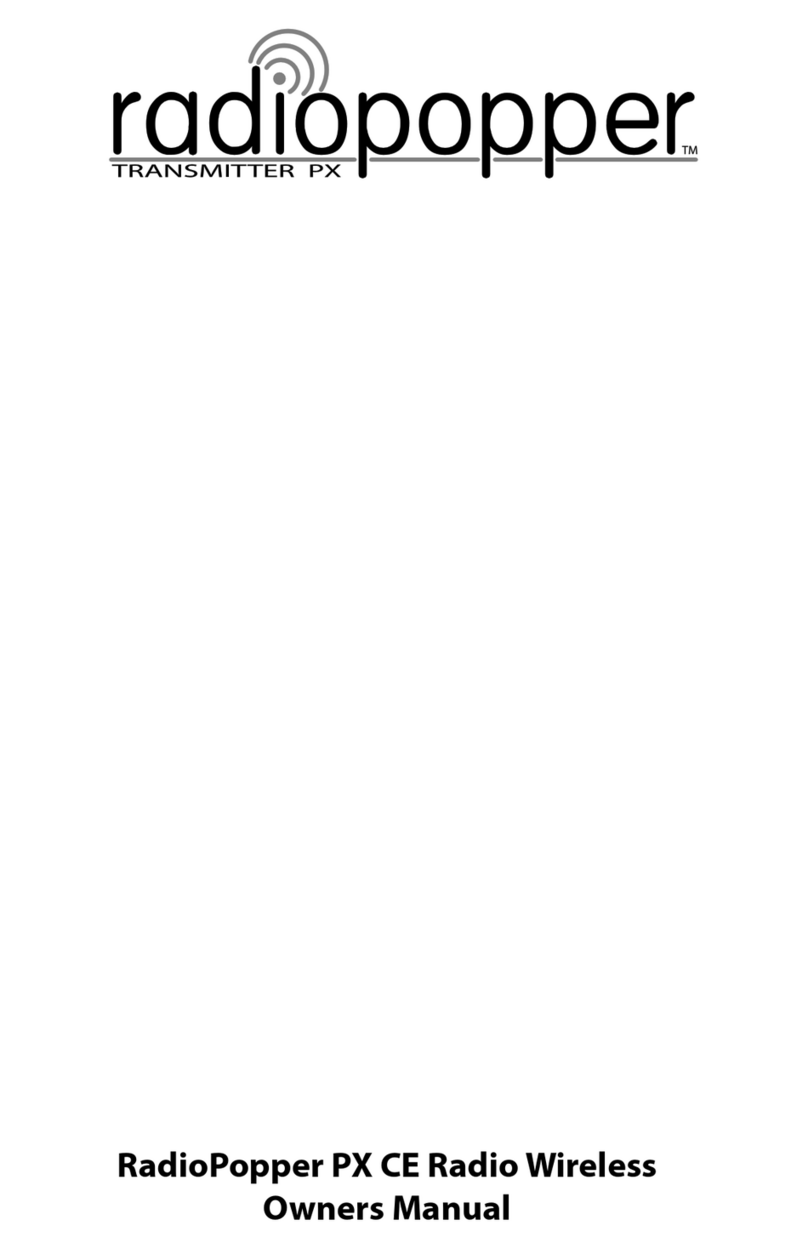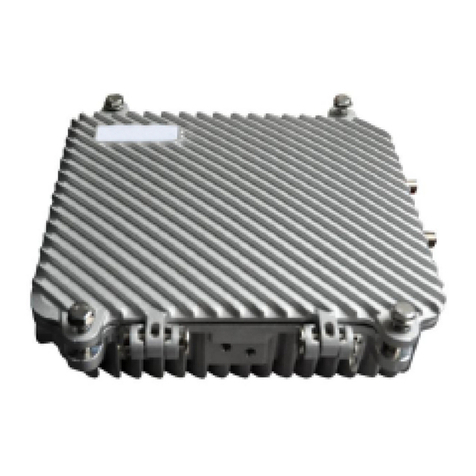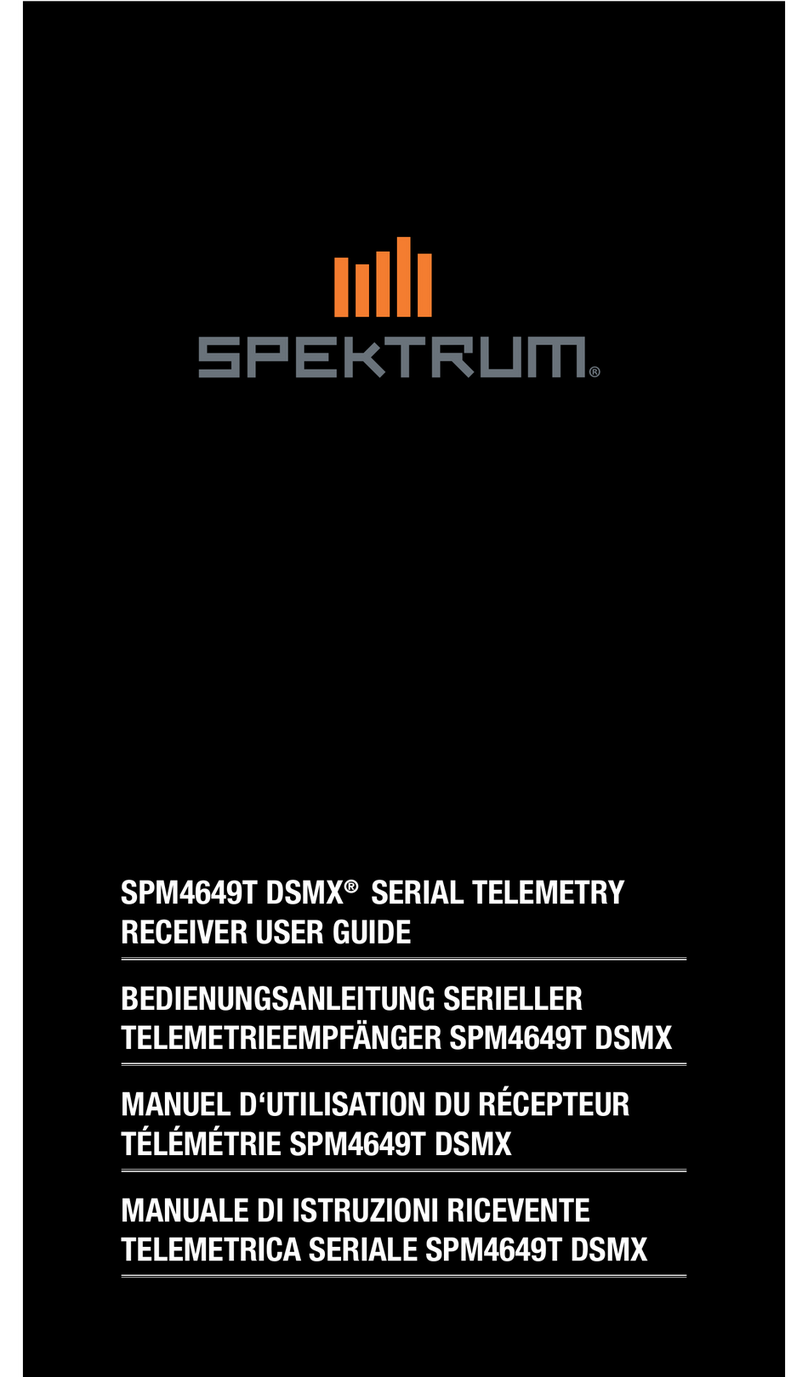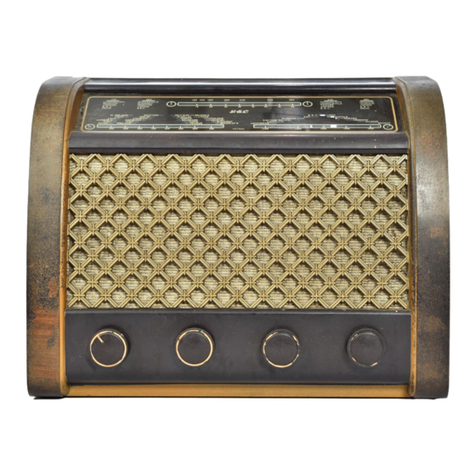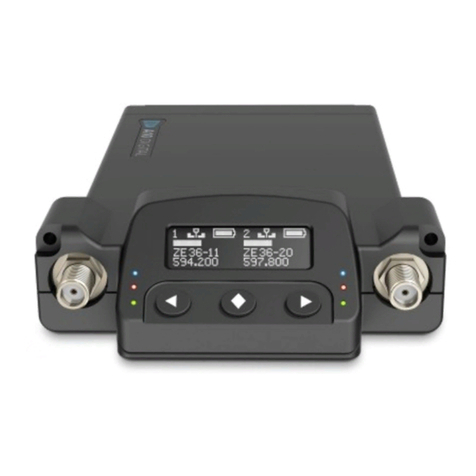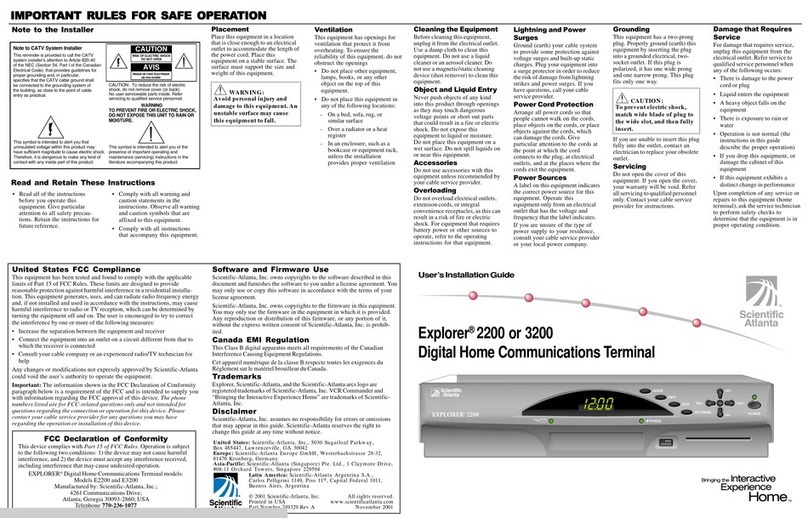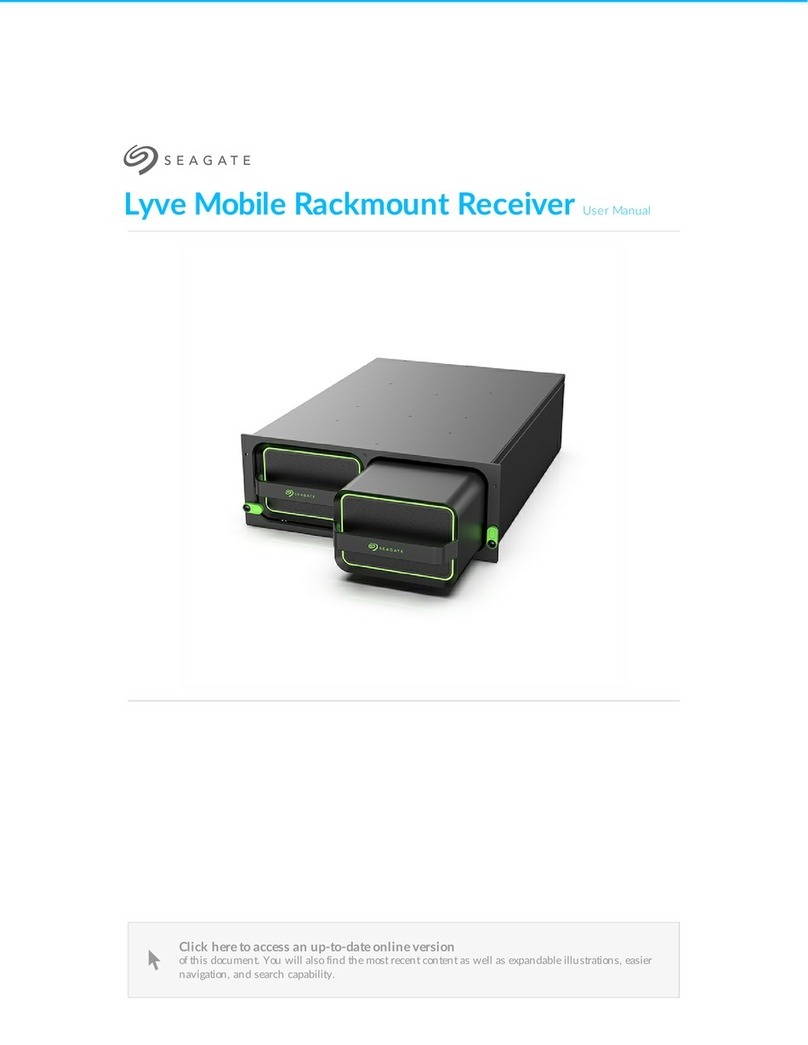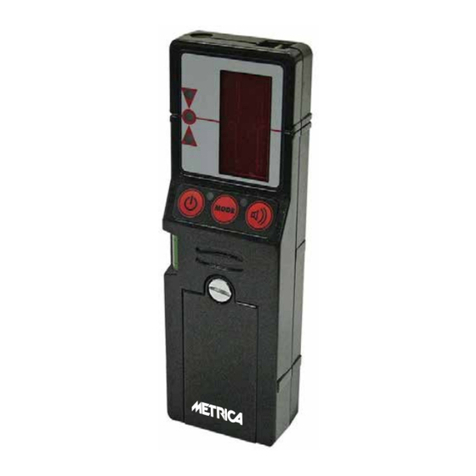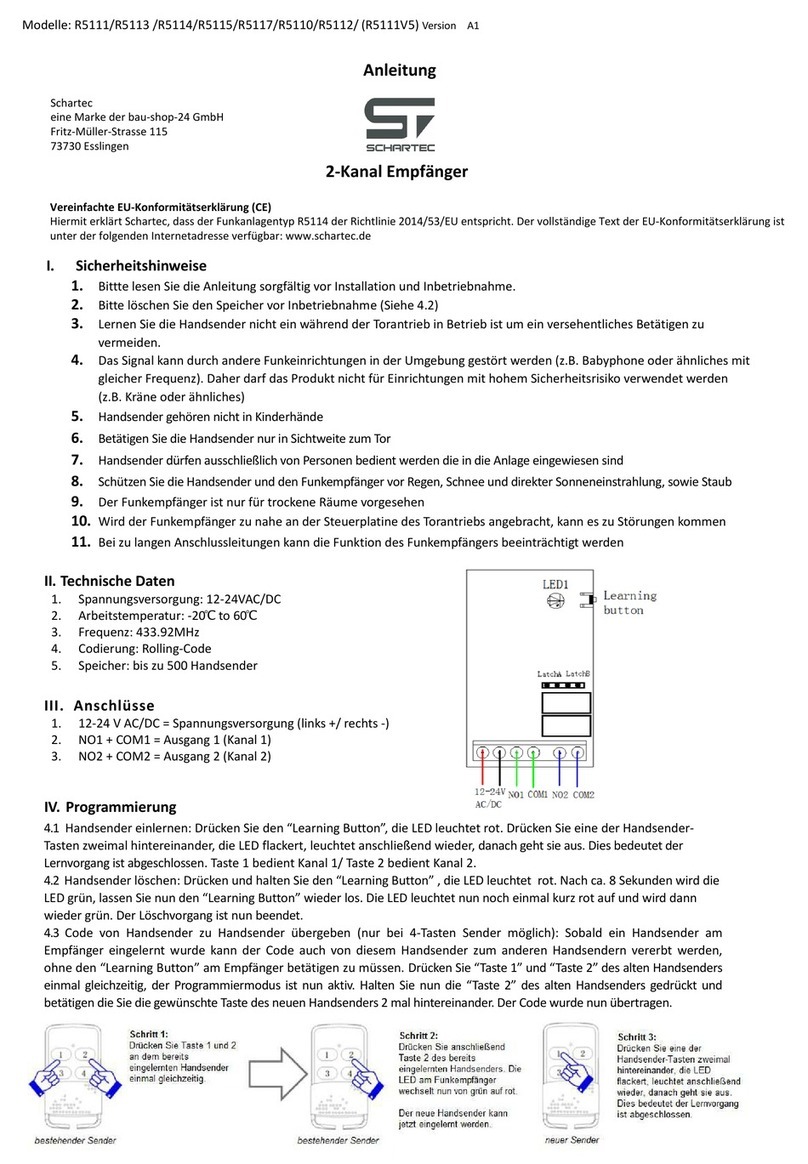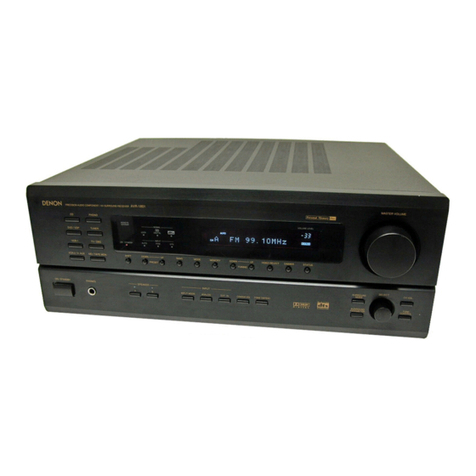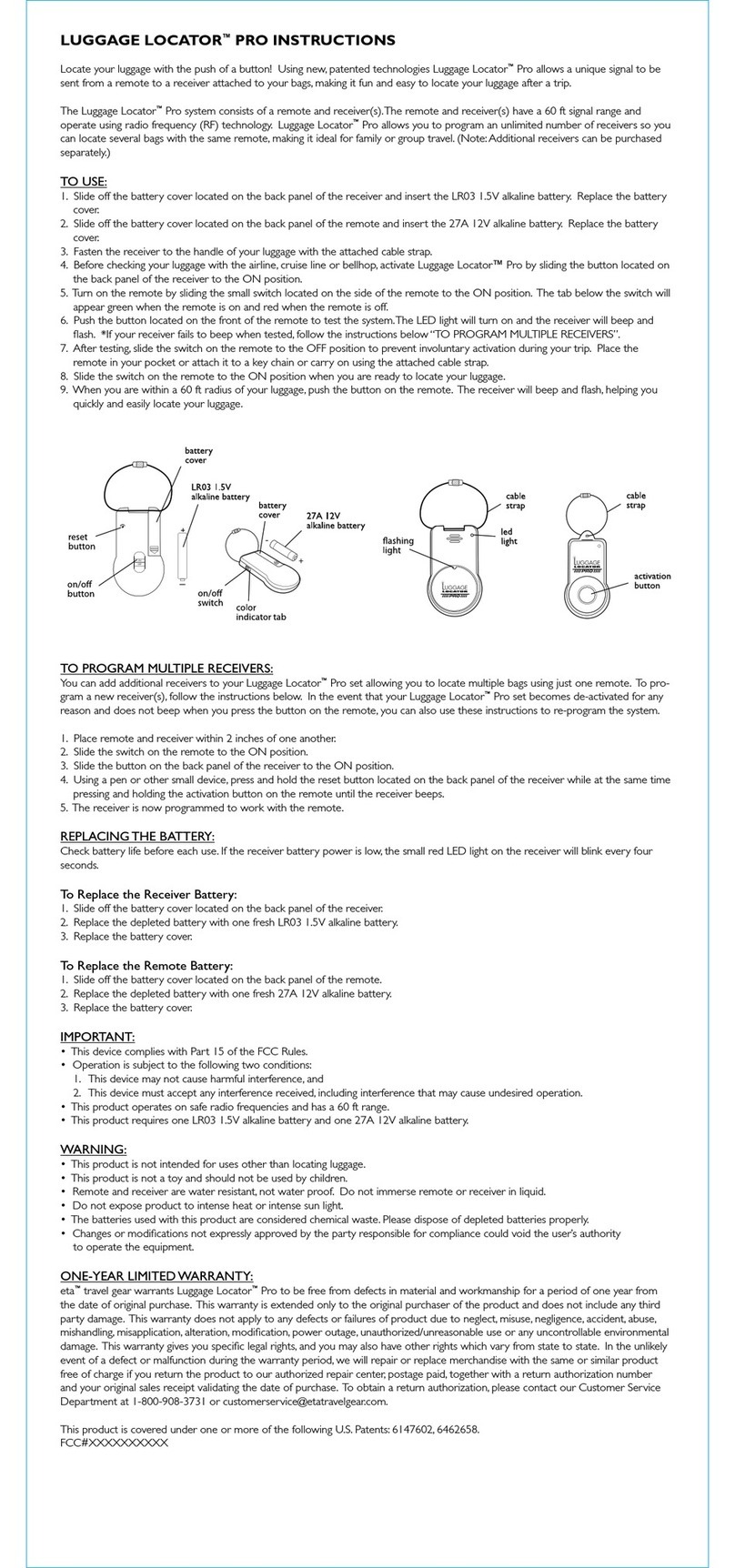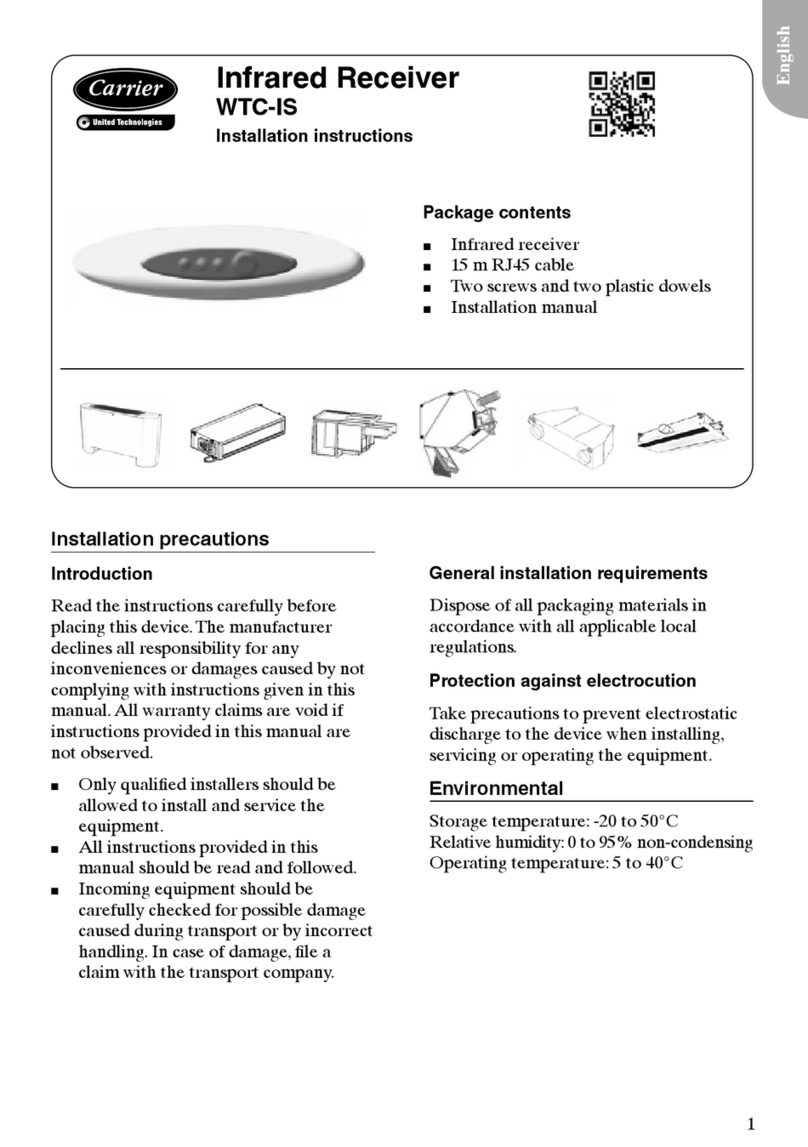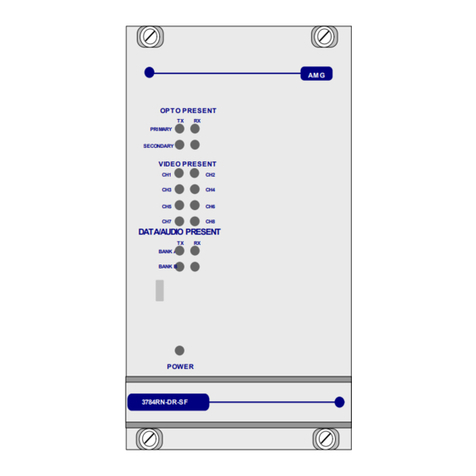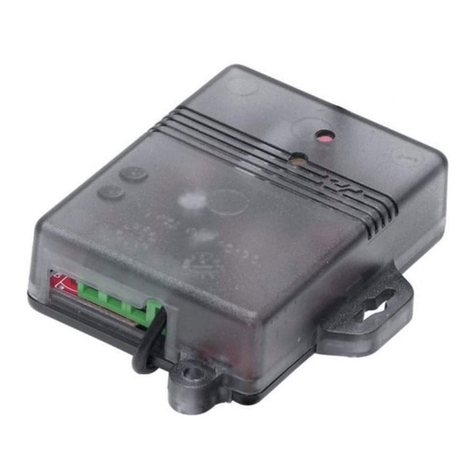Doepke Dupline User manual

3931222/2009.06/F
Doepke
Dupline
Infrarot-Empfänger DIR 2
DIR 2 Infrared Receiver
Bedienungsanleitung
Operating Instructions
Inhaltsverzeichnis
1. Allgemeines....................................2
2. Wichtige Hinweise vorab................2
3. Kodierung.......................................2
4. Installation ......................................3
5. Inbetriebnahme ..............................3
6. LED-Anzeige..................................3
7. Garantie..........................................3
8. Technische Daten ..........................4
17. Anschlussbeispiel / Conn. Ex.........8
Table of Contents
9. General Information ....................... 5
10. Important Notes in Advance........... 5
11. Coding............................................ 5
12. Installation...................................... 6
13. Putting into Service........................ 6
14. LED Indicator ................................. 6
15. Guarantee...................................... 6
16. Technical Data............................... 7
17. Anschlussbeispiel / Conn. Ex......... 8

23931222/2009.06/F - Technische Änderungen vorbehalten!
Doepke
Deutsch
1- Inhaltsverzeichnis
Bedienungsanleitung
Infrarot-Empfänger DIR 2
1. Allgemeines
Der Infrarot-Empfänger DIR 2 ist eine Komponente des Dupline Installationssystems
und ermöglicht das Fernschalten und Ferndimmen von bis zu 8 Kanälen je Einheit. Eine
Einheit besteht dabei aus dem Empfänger DIR 2 und dem separat erhältlichen Handsen-
der DIR 2T.
Der Empfänger wird aus dem Dupline Bussignal mit Spannung versorgt, sodass keine
weiteren Anschlüsse erforderlich sind. Er ist sowohl für die Aufputzmontage als auch für
den Einbau in Unterputz-Schalterdosen geeignet.
Mit der Kombination aus einem Empfänger DIR 2 und einem Handsender DIR 2T kön-
nen acht Dupline-Kanäle geschaltet werden. Sollen mit einem Sender mehr als acht Ka-
näle geschaltet werden, ist die entsprechende Anzahl an Empfängern, eingestellt auf
unterschiedliche Schaltgruppen im Bereich A bis H, einzusetzen. Die Bezeichnung der
Schaltgruppen (A bis H) steht dabei in keinem Zusammenhang mit den Dupline Kanal-
bezeichnungen. Der Handsender DIR 2T muss dann nur noch auf die Schaltgruppe des
anzusprechenden Empfängers eingestellt werden. Der jeweilige Schaltbefehl wird über
einen der acht Taster ausgelöst.
2. Wichtige Hinweise vorab
• Die Installation darf nur von einer autorisierten Fachkraft vorgenommen werden.
• Die Dupline-Signalversorgung muss aus Quellen erfolgen, die den Anforderungen
für Schutzkleinspannung entsprechen, ebenso, wie die Installation diesen Anforde-
rungen genügen muss (siehe hierzu die VDE 0100, Teil 410 sowie die EN 50090-1-
1). Andere Spannungen an den Signaleingängen können, trotz umfangreicher
Schutzmaßnahmen im Gerät, zur Zerstörung des Gerätes und Gefährdung von
Menschen führen. Weitere Hinweise finden Sie in der Dupline Planungshilfe.
3. Kodierung
Mit dem Handkodiergerät DHK 1 kann über die, unter dem hinteren Gehäusedeckel an-
gebrachte, Stiftleiste jedem Schaltbefehl jede beliebige Adresse zwischen A1 und P8 zu-
geordnet werden. Die Aufteilung der Kanäle ist wie folgt:
Schaltbefehle, die nicht benötigt werden, sollten unkodiert bleiben. Die Kodierung des
DIR 2 kann ohne Versorgungsspannung sowie ohne Dupline-Signal vorgenommen wer-
den. Sie bleibt dauerhaft erhalten, kann aber jederzeit überschrieben werden.
Kanal Beschreibung Kanal Beschreibung
1..4 Handsender-Schaltbefehl 1..4 5..8 Handsender-Schaltbefehl 5..8

3931222/2009.06/F - Technische Änderungen vorbehalten! 3
Doepke
Deutsch
4. Installation
Der Empfänger muss so platziert werden, dass zwischen Handsender und Empfänger
"Sichtkontakt" herrscht bzw. Reflexionsempfang möglich ist. Dabei darf die maximale
Reichweite von 15 m nicht überschritten werden. Wände, Scheiben oder starke Fremd-
lichteinwirkung behindern den Empfang und sind daher zu vermeiden.
Bei der Installation ist das Anschlussschema auf Seite 8 zu beachten. Alle anzuschlie-
ßenden Leitungen müssen spannungsfrei sein.
Verbindungen zwischen dem Dupline-Signal und Erdpotenzial führen zu Störungen und
sind nicht zulässig. Auf die richtige Polarität des Dupline-Signals ist zu achten. Folgende
Tabelle zeigt die Anschlussbelegung des DIR 2:
5. Inbetriebnahme
Der Empfänger ist nach Anschluss des Dupline-Busses und Adresskodierung betriebs-
bereit. Bei Verwendung mehrerer Empfänger sind diese jeweils auf unterschiedliche
Schaltgruppen von A bis H einzustellen. Dieses geschieht über den DIP-Schalter, der
nach Öffnen des Gehäuses zugänglich ist (siehe Kapitel 18 ”DIP-Schalter / DIP Swit-
ches” auf Seite 8).
6. LED-Anzeige
7. Garantie
Für fachgerecht montierte, unveränderte Geräte gewähren wir ab Kauf durch den End-
verbraucher die gesetzliche Gewährleistungsfrist. Die Garantie bezieht sich nicht auf
Transportschäden sowie Schäden, die durch Kurzschluss oder Überlastung entstanden
sind. Bei Fertigungs- und Materialfehlern, die innerhalb der Gewährleistungsfrist erkannt
werden, leistet unser Werk kostenlosen Ersatz.
Klemme Beschreibung Klemme Beschreibung
1 Dupline Signalleiter + (D+) 2 Dupline Signalleiter - (D-)
Anzeige Beschreibung
Rote LED Aus: Kein oder ein ungültiges Telegramm erhalten
An: Gültiges Telegramm erhaltena
a. Nach dem Einschalten des Busses bleibt die LED bis zum erstmaligen Empfang eines gül-
tigen Sendebefehls aktiviert.

43931222/2009.06/F - Technische Änderungen vorbehalten!
Doepke
Deutsch
8. Technische Daten Min. Typ. Max.
Dupline Stromaufnahme 1,8 mA 3,2 mA
Ein-/Ausgangskanäle Keine / 8 Schaltbefehle
Übertragung Art Infrarotlicht, 950 nm
Trägerfrequenz 38 kHz
Anzahl Schaltgruppen 8 („A“ bis „H“), einstellbar
Betriebsspannung
Nennbetriebsspannung nicht erforderlich (aus Dupline-Signalleiter)
Anschlüsse Art Steckklemmen, Schraubklemmen beigelegt
Klemmbereich 0,4 mm 2,5 mm²
Gehäuse Art polarweißes Gehäuse für AP- und UP-Montage
Maße 80 x 80 x 15 (B x H x T in mm)
Material Polycarbonat
Allg. technische Daten
Betriebstemperatur -10°C +45°C
Schutzart / Normen IP 40, IEC 60669, EN 50428, EN 55090 / EN 61000-
6-3, EN 55024 / EN 61000-6-1
Bestellnummer, -bezeichnung 09 501 169, IR-Empfänger DIR 2

3931222/2009.06/F - The right to make technical changes reserved! 5
Doepke
English
1- Table of Contents
Operating Instructions
DIR 2 Infrared Receiver
9. General Information
The DIR 2 infrared receiver is a component of the Dupline installation system and per-
mits remote switching and dimming of up to 8 channels per unit. Here, one unit consists
of a receiver (DIR 2) and a separately available hand transmitter DIR 2T.
The receiver is supplied with voltage by the Dupline bus signal so thatno further connec-
tions are required. Itis suitable for surface mounting as well as for fitting into flush-mount-
ed sockets.
With the combination of one DIR 2 receiver and one DIR 2T hand transmitter up to eight
Dupline channels may be switched. If more than eight channels are to be switched with
one transmitter, the appropriate number of receivers has to be used and adjusted to dif-
ferent switching groups in the range A to H which is done once at each DIR 2 by means
of DIP switches. There is no relation between the designation of the switching groups (A
to H) and the Dupline channel addresses. Then the transmitter simply has to be adjusted
to the switching group of the receiver to be addressed. The respective switching com-
mand is given by means of one of the eight push buttons.
10. Important Notes in Advance
• The installation may only be carried out by an authorised technician
• The Dupline signal supply has to be delivered by sources, which have to be installed
in accordance with theregulations governing protective low-voltage (see VDE 0100,
Part 410, or EN 50090-9-1) as well as the installation has to comply with these re-
quirements. Even if extensive protective measures have been implemented in the
device, other voltages at the signal inputs could result not only in the destruction of
the device, but also endanger people. For further information please refer to the Du-
pline Planning Aid.
11. Coding
At the 4-pole flat pack connector behind the rear housing cover, any address between A1
and P8 can be assigned to each switching command using the DKH 1 hand encoder.
The allocation of the channels is as follows:
Switching commands which are not required should remain uncoded. Encoding the
DIR 2 requires neither a power supply nor the Dupline signal. Although the coding is per-
manently retained, it may always be overwritten.
Channel Description Channel Description
1..4 Switching command 1..4 5..8 Switching command 5..8

63931222/2009.06/F - The right to make technical changes reserved!
Doepke
English
12. Installation
The receiver must be sited so that „visualcontact“ between hand transmitter and receiver
is ensured or reflection reception is possible. In so doing, the maximum range of 15 m
may not be exceeded. Walls, glass panes and light and sun insolation may impair the re-
ceive characteristics and thus are to be avoided.
Follow the connection diagram on page 8 when installing. All leads to be connected must
be dead.
Connections between the Dupline signal and earth potential will cause malfunctions and
are not permissible. In addition, check for the correct polarity of the Dupline signal.
The following table illustrates the connection configuration:
13. Putting into Service
The receiver is operational after connecting the Dupline bus and coding the addresses.
When using several receiver each of them have to be adjusted to work on different
switching groups A to H. This isdone by means of the DIP switch which is accessible af-
ter opening the housing (see Chapter 18 “DIP-Schalter / DIP Switches” on page 8).
14. LED Indicator
15. Guarantee
All professionally installed, unaltered devices are covered by warranty during the statu-
tory guarantee period from the day of purchase by the end user. The guarantee is not ap-
plicable to damage incurred during transport or caused by short-circuit or overloading. In
the event of defects in workmanship or material, which are discovered within the guar-
antee period, the company will provide a replacement free of charge.
Terminal Description Terminal Description
1 Dupline signal conductor + (D+) 2 Dupline signal conductor - (D-)
Indicator Description
Red LED Off: No or invalid telegram received
On: Valid telegram receiveda
a. After switching on the bus the LED remains activated until the first valid command has
been received.

3931222/2009.06/F - The right to make technical changes reserved! 7
Doepke
English
16. Technical Data Min. Typ. Max.
Dupline Current input 1.8 mA 3.2 mA
Input / output channels None / 8 switching commands
Transmission Type Infrared light, 950 nm
Carrier frequency 38 kHz
Number of groups 8 („A“ to „H“), adjustable
Operating Voltage
Rated operating voltage Not required (supplied by Dupline signal line)
Terminals Type Spring-loaded terminals, screw terminals enclosed
Contact area 0.4 mm 2.5 mm²
Housing Type Polar-white housing for surface and flush mounting
Dimensions 80 x 80 x 15 (W x H x D in mm)
Material Polycarbonate
General technical data
Ambient temperature -10°C +45°C
Encl. protection type / standards IP 40, IEC 60669, EN 50428, EN 55090 / EN 61000-
6-3, EN 55024 / EN 61000-6-1
Order number, description 09 501 169, IR receiver DIR 2

83931222/2009.06/F - The right to make technical changes reserved!
Doepke
Zeichnungen / Drawings
17. Anschlussbeispiel / Conn. Ex.
18. DIP-Schalter / DIP Switches
Sollten Sie Fragen zu diesem Produkt
oder zum Dupline-System haben, wen-
den Sie sich bitte an:
In case of queries concerning this product
or the Dupline system please contact:
Doepke
Schaltgeräte GmbH & Co. KG
Stellmacherstraße 11
D-26506 Norden, Germany
Tel.: +49 (0) 4931/1806-0
Fax: +49 (0) 4931/1806-101
E-mail:
Internet: info@doepke.de
http://www.doepke.de
Dupline +
Dupline -
ON
12 4
3
DIP
3931222_2A
UP
ON
12 4
3
DIP
3931222_3A
ON
12 4
3
DIP ON
12 4
3
DIP ON
12 4
3
DIP
ON
12 4
3
DIP ON
12 4
3
DIP ON
12 4
3
DIP ON
12 4
3
DIP
ABC D
E F G H
ON OFF
Schaltgruppe:
Switching Group:
Schaltgruppe:
Switching Group:
Table of contents
Languages:
